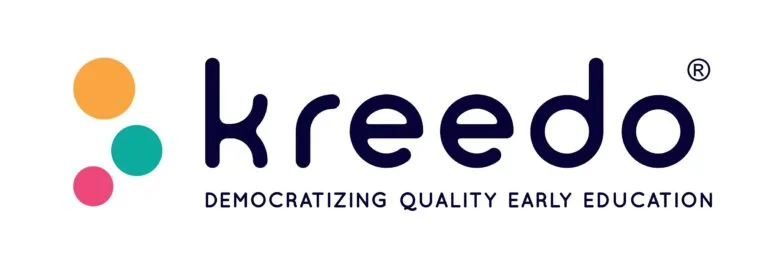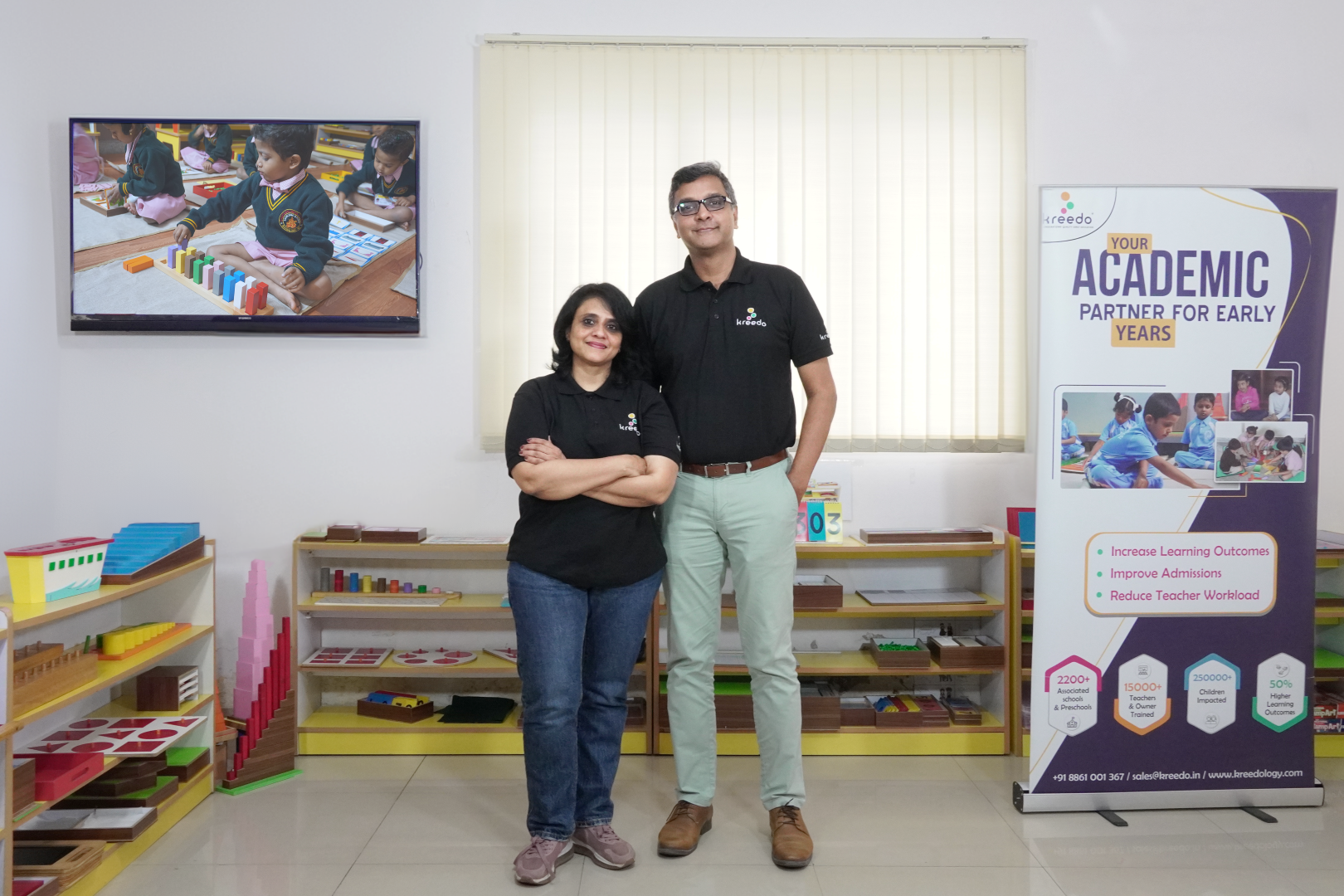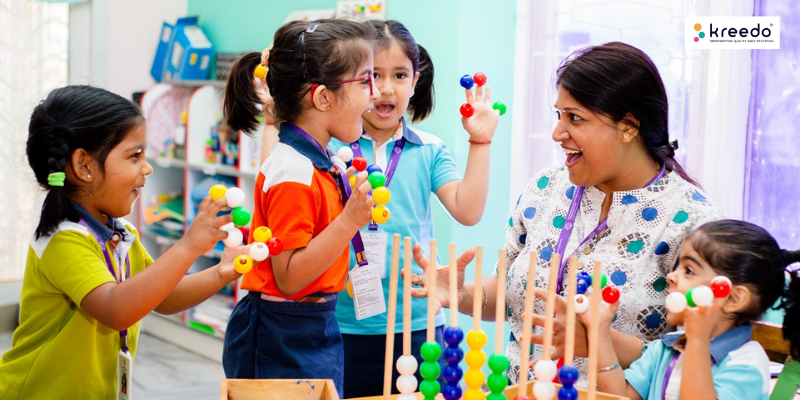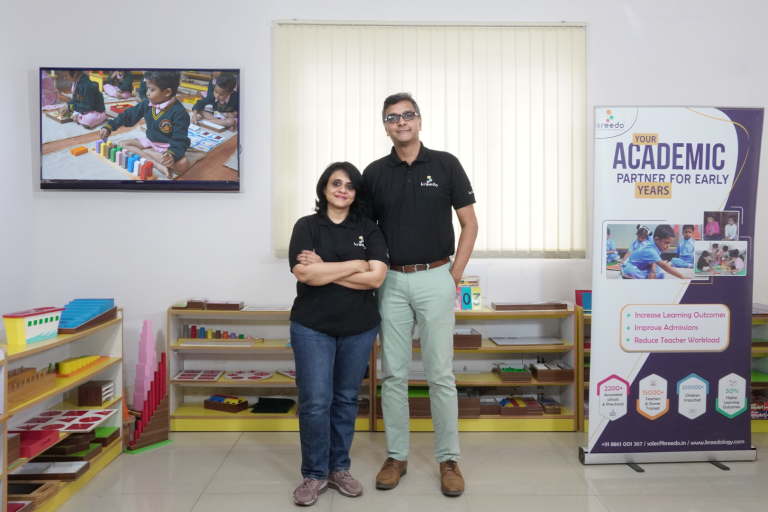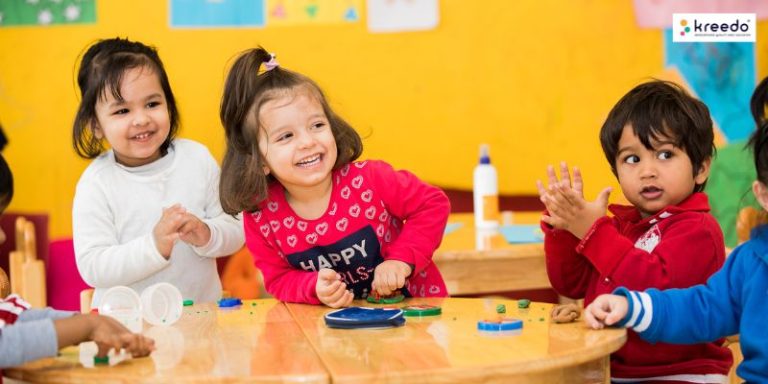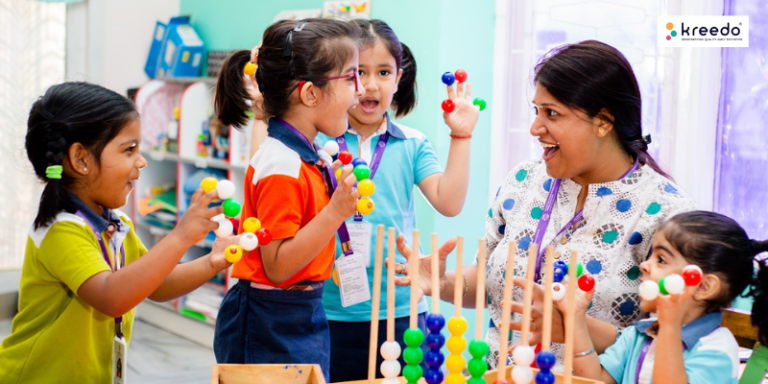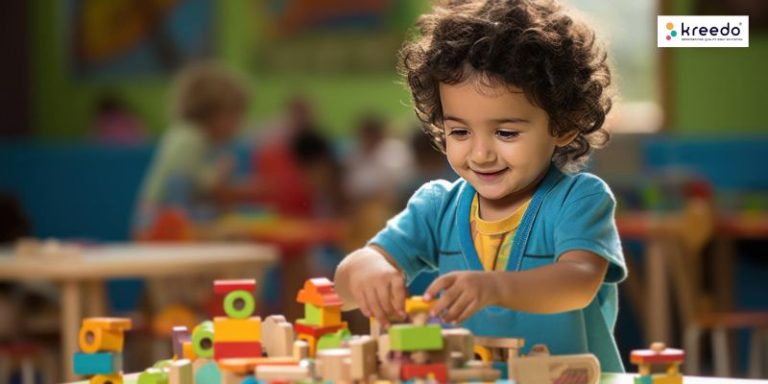Maria Montessori, renowned Educator and a strong advocate of mixing children across age groups, said “The main thing is that the group should contain different ages because it has great influence on the cultural development of the child. This is obtained by the relations of the children among themselves. You cannot imagine how well a young child learns from the older child: how patient the older child is with the difficulties of the younger “
What exactly is the concept of the mixed-age group?
It is a scientifically designed mix of age groups in classes, spanning at least 3 years with the intent to optimize the education quotient of the mixed group as a whole. The design of the mix is not just by age but sometimes also by grade. For example, children are mixed between ages 3 and 6 in Preschool, 6 and 9 in Lower Elementary, 9 and 12 in upper elementary, and so on. The 3 years is a researched optimum gap where the relationship between the younger child and the older child is one of caretaker and caregiver rather than one of competition which is generally the case when the age difference is just 1 or 2.
Notwithstanding that child experts extensively debate for and against the Mixed Age group concept, Kreedo’s philosophy not just aligns with this Montessori program classroom model for a significant part of the day, but strongly believes that this is an important success parameter necessary to maximize the child’s potential and holistic development.
Some of the significant benefits of a mixed age group as indicated by research pointers are:
-
- Development of language skills, sensorial skills, and cognitive skills is better and faster in this environment as opposed to a traditional single age/class setting. Research validates the fact that younger children can relate better to older people but narrower in age, as opposed to teachers/ elders and parents and so they look up to the older ones as same-generation mentors / silent role models. This is something unique that the same-age classroom model does not offer.
-
- Spirit of inclusiveness and Life skills: This is an excellent model where children are naturally made aware that individuals are an integral part of society. When this awareness is well fostered in children, they develop a spontaneous spirit of inclusiveness in society, pick up life skills naturally and become successful in managing relationships. They also learn to play together. While the older children extend a helping hand when the younger child gets hurt, the spirit of caring and sharing is a priceless encouragement and example to the younger children.
- Community spirit: Mixed age group model builds cultural development through community spirit. Children are driven to become responsible citizens through teamwork naturally fostered through practical team activities such as Dining, Housekeeping, Environment protection, and Nature care.
However, there are many myths /concerns around this concept. Let us address some of the major ones and find out why they are just misconceptions.
- Perceived negative impact on academic achievement: While Research data is inadequate to precisely establish/conclude the superiority of academic results in a mixed-age environment as opposed to Single class ambiance, the system has an inherent positive impact on academics because the mixed-age group gives every student a peer to look up to and the younger ones are made to feel safe, secure and encouraged to learn. At the same time, the advantage that the model offers to the older ones is the opportunity to validate what has been learned over and over and thereby build proficiency, confidence, and leadership skills.
- Later impact of this in higher classes having the same age group: A spirit of emulation for the younger ones and a level of maturity amongst the older ones would have both cultivated by the time the children move to higher classes in the same age group and therefore this would have little or no negative impact in later years.
- Parents’ concerns: On the one hand, we have concerns expressed by parents of older children that the level of education may be inadequate as the standard of education may have been targeted towards the younger ones in that group. Parents of younger children on the other hand are concerned that the younger ones will be challenged intensely and unfairly stressed and possibly even develop an inferiority complex due to higher standards targeted towards older children. What we must keep in mind is that all children of a particular age do not necessarily have the same level of IQ, Memory, and Grasp of learning for various reasons driven by nutrition and health factors, family environment, and genes. In the process, there is a natural balancing of skills and aptitudes that reflects a robust mix when looked at as a group.
- Concerns about isolation: Teachers would be prequalified and trained adequately to handle groups with diverse levels of aptitude and skill. In fact, children spend time with the same peers for at least 2 of the 3 years cycle, and most times teachers also remain unchanged during the 3 years phase. Optimum personalized attention is thereby given to each child, no matter the age. Learning occurs both in smaller groups and as a whole class depending on the needs of the curriculum. In fact, far from isolation, the unique advantage that this model offers is an opportunity for children to learn at one’s own pace and with personalized attention.
In conclusion –
The mixed age model would guarantee success in achieving desired objectives only when the concept aligns with a few fundamental best practices such as:
- A well-designed curricular material based on the heterogeneity of mix is a key factor to achieving success.
- Teachers who are trained to direct learning of different age groups rather than “teach”.
- Any selection bias in the formation of a group by handpicking only high achievers would defeat the purpose of this model to achieve an optimum mix development.
